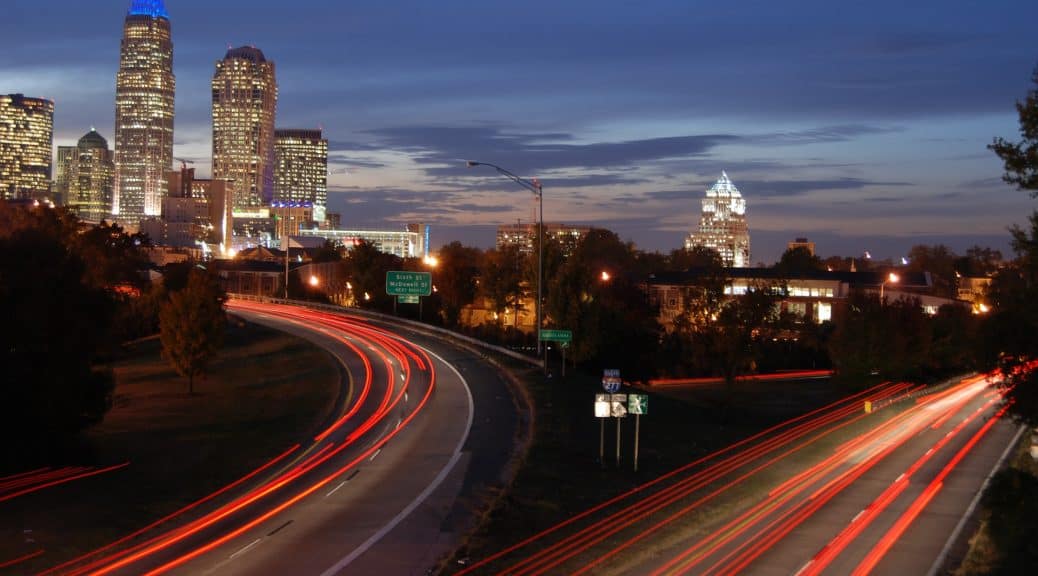Pollution from vehicles is a major cause of health problems such as asthma. We all benefit from clean air. No matter who you are, there are actions you can take to help reduce the amount of pollution that comes from cars. Everyone, from kids to adults, can help make a difference. Here are some things that you can do.
-
- 1. Ride a bike or walk.
If you are only going a short distance, consider riding a bike or walking instead of driving. You can get exercise and enjoy the fresh air while getting where you need to go!
2. Take public transit.
If you need to go somewhere that is along a bus or light rail line, consider taking public transit instead of going in a car.
3. Carpool.
When going to school or work, try to carpool together with other people who are headed in the same direction. You can save money and reduce the amount of fuel burned at the same time.
4. Avoid idling.
When idling, you waste fuel by burning it when you aren’t moving. If you will be in the same spot for more than a minute or two, consider turning off your vehicle’s engine (as long as it is safe to do so).
5. Use alternative fuels.
Alternative fuels are cleaner than regular gasoline or diesel. Alternative fuel vehicles include electric vehicles and flex-fuel vehicles that can use ethanol blends. Most new electric vehicles now have a range of over 100 miles, which meets most people’s daily commuting needs. Plug-in hybrid electric vehicles and extended range electric vehicles use gasoline as well and therefore do not have a range limit. Flex-fuel vehicles can use ethanol blends that are up to 85% ethanol and regular cars that are newer than 2001 can use ethanol blends that have up to 15% ethanol. Ethanol is made from crops such as corn and helps support American farmers.
None of these options work for everyone all the time. But all of us can take steps to reduce pollution from cars and trucks.

